Inspired by repurposed factories from the Industrial Revolution, the Industrial design style is defined by the architectural elements within a space. Other styles hide these elements, but industrial style embraces the piping, brickwork and concrete - making them a focal point. The style is raw and almost unfinished, providing a relaxed, casual atmosphere to reside in. With its minimalistic, practical and spacious design, the style is welcoming and laidback. The blend of the open spaces, minimalism and various rustic materials in furniture and lighting allows homeowners to create an industrial interior design in any space. Combining industrial design with other design styles like mid-century modern and farmhouse style creates a cosy blend in contemporary homes.
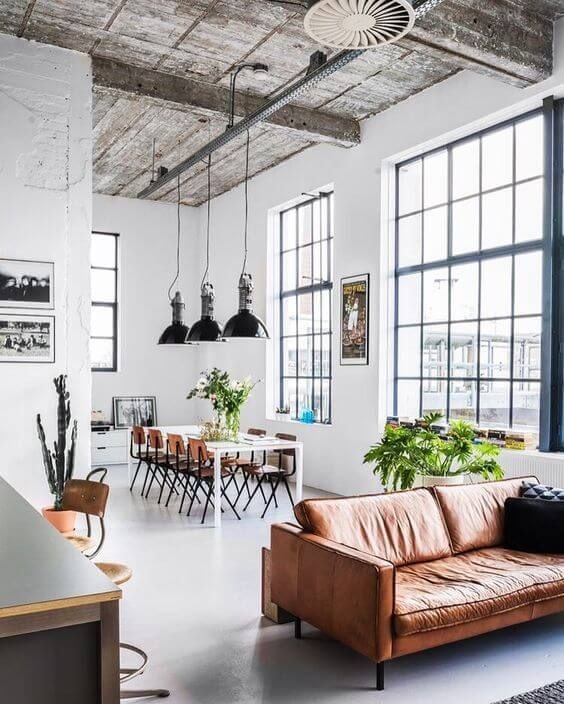
Minimalism
Minimalism is an important characteristic in industrial interior design. It focuses on clean interiors and a decluttered space with pieces that focus on practicality. In industrial design, a stripped-back look is often favoured, leaving walls and floors as exposed as possible, allowing your statement fixtures to shine.

Materials
To achieve a rich industrial style, you want to avoid using plush fabrics with industrial style furniture and instead source more utilitarian and hardworking materials. Industrial design favours metal features and exposes imperfections. Reclaimed furniture made from wood, aluminium, iron, steel, tin, stone, and copper are go-to materials for industrial style homes, as are distressed wood and metal elements, stone features, exposed brick walls, wooden beams and piping.
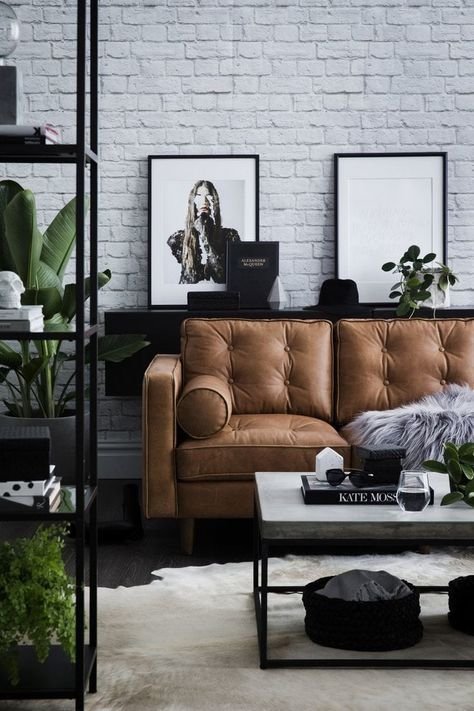
Colour palette
Neutral colours are key when it comes to designing an industrial style space - stick to base colours of grey, black, and white and add moody layers with hints of darker tones. Adding white elements gives the room a clean look, and finishing with added black accents creates contrast and character. Incorporating vibrant art will contrast with the masculine style decor and bring in personality and extra colour.

Shapes and silhouettes
Shapes in industrial design mainly consist of squared lines and blocky shapes, this doesn’t mean you have to avoid organic curves and abstract shapes, but it's recommended to keep them to a minimum in order to maintain a cohesive industrial feel.
Some of our products which ooze industrial design…
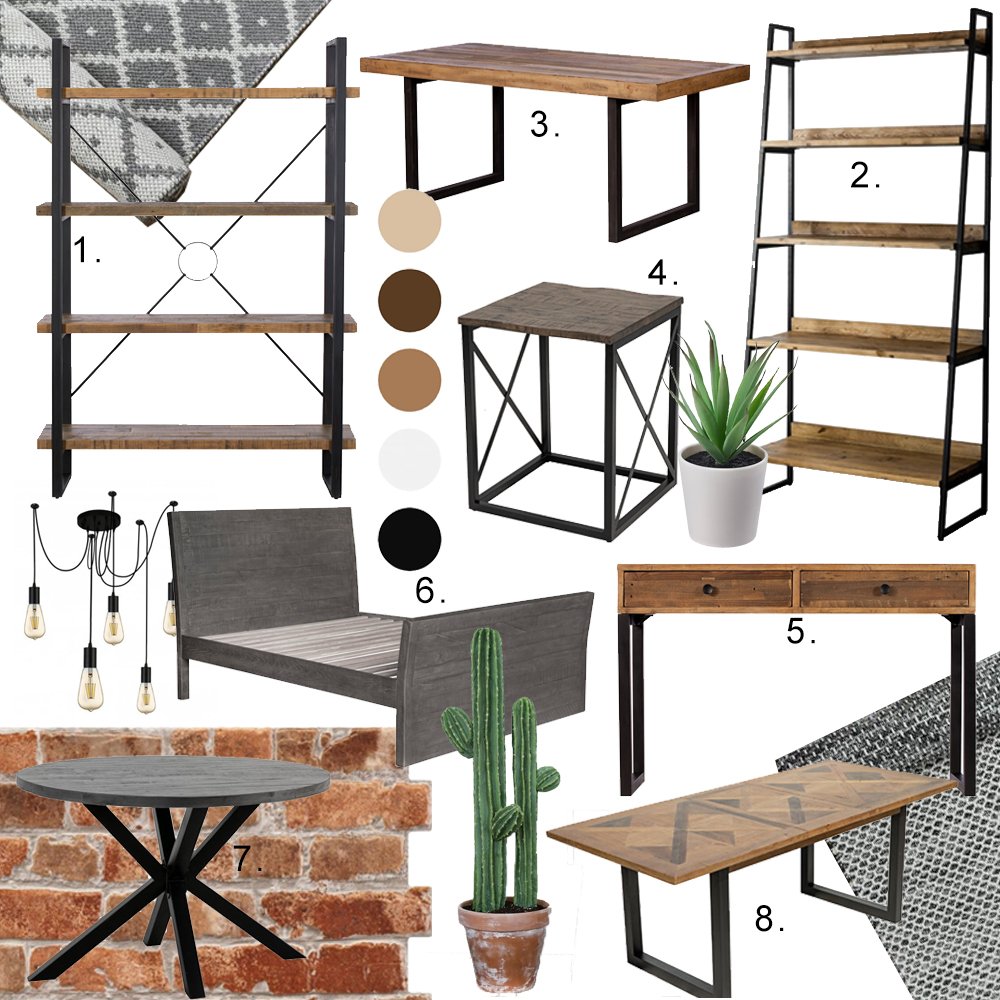

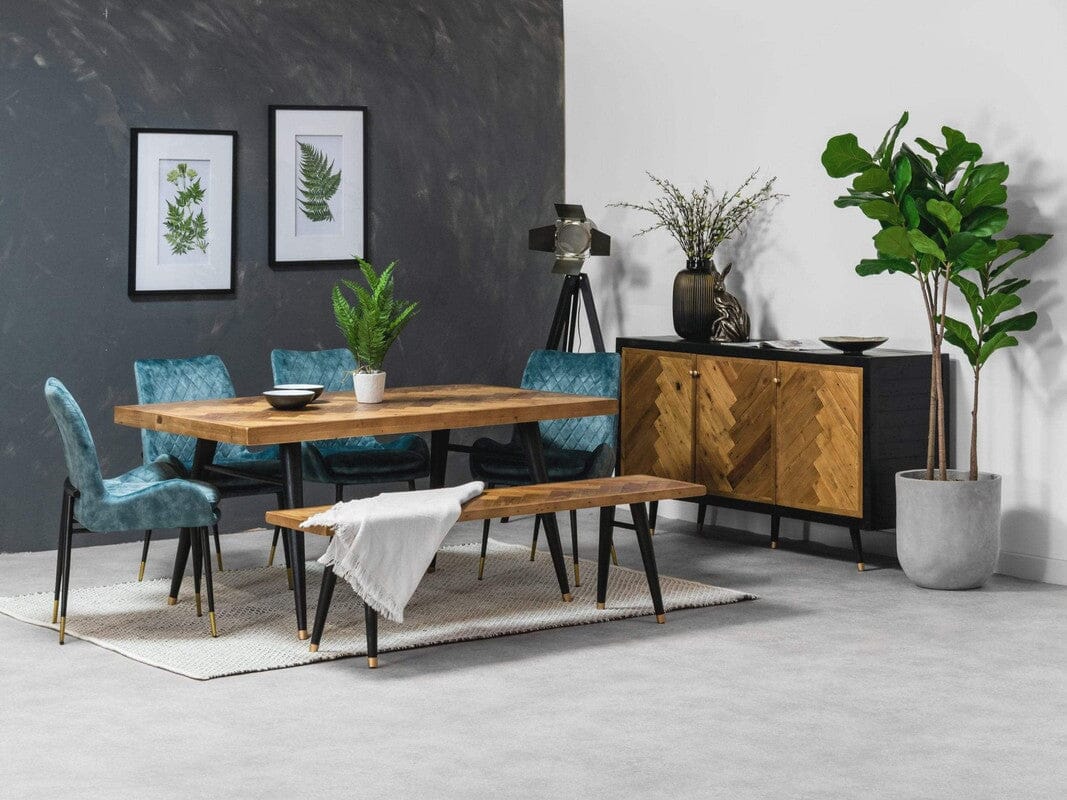
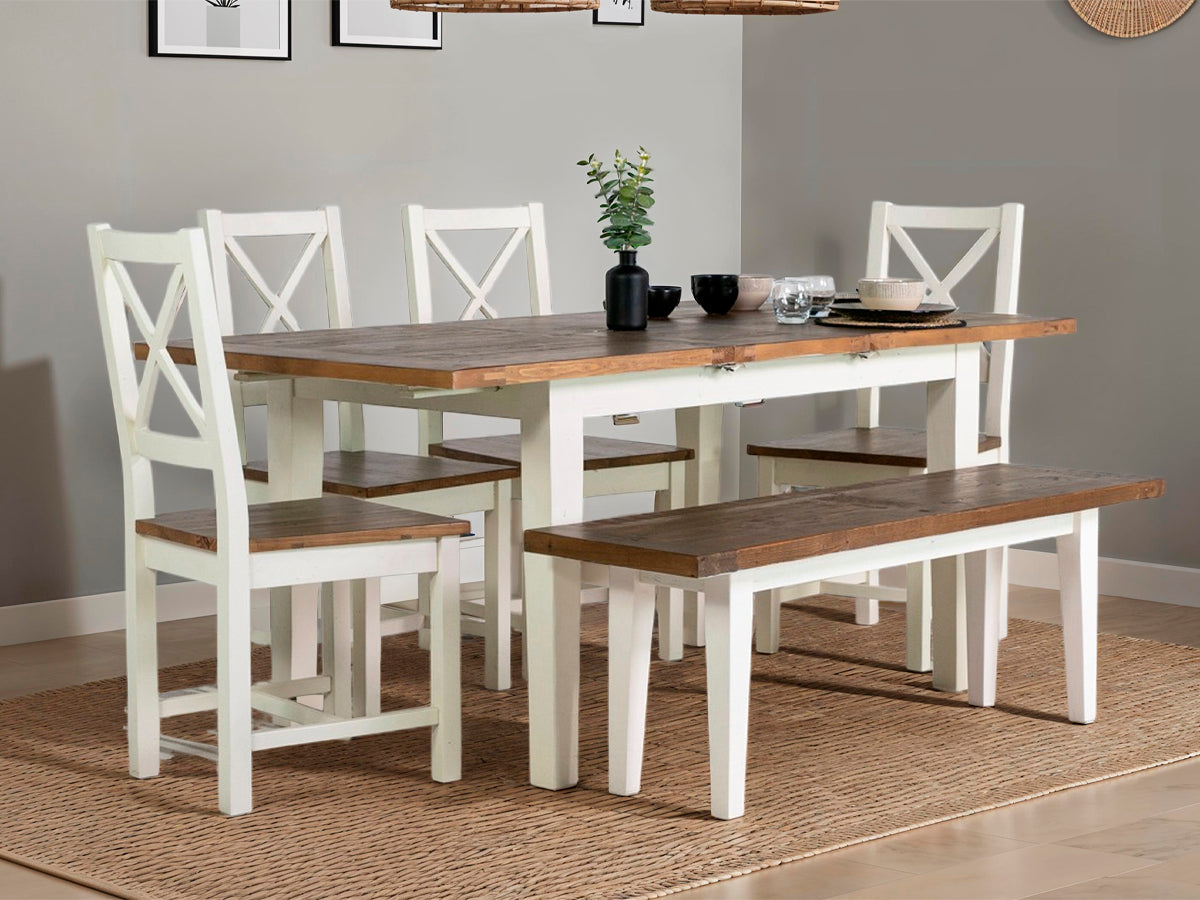
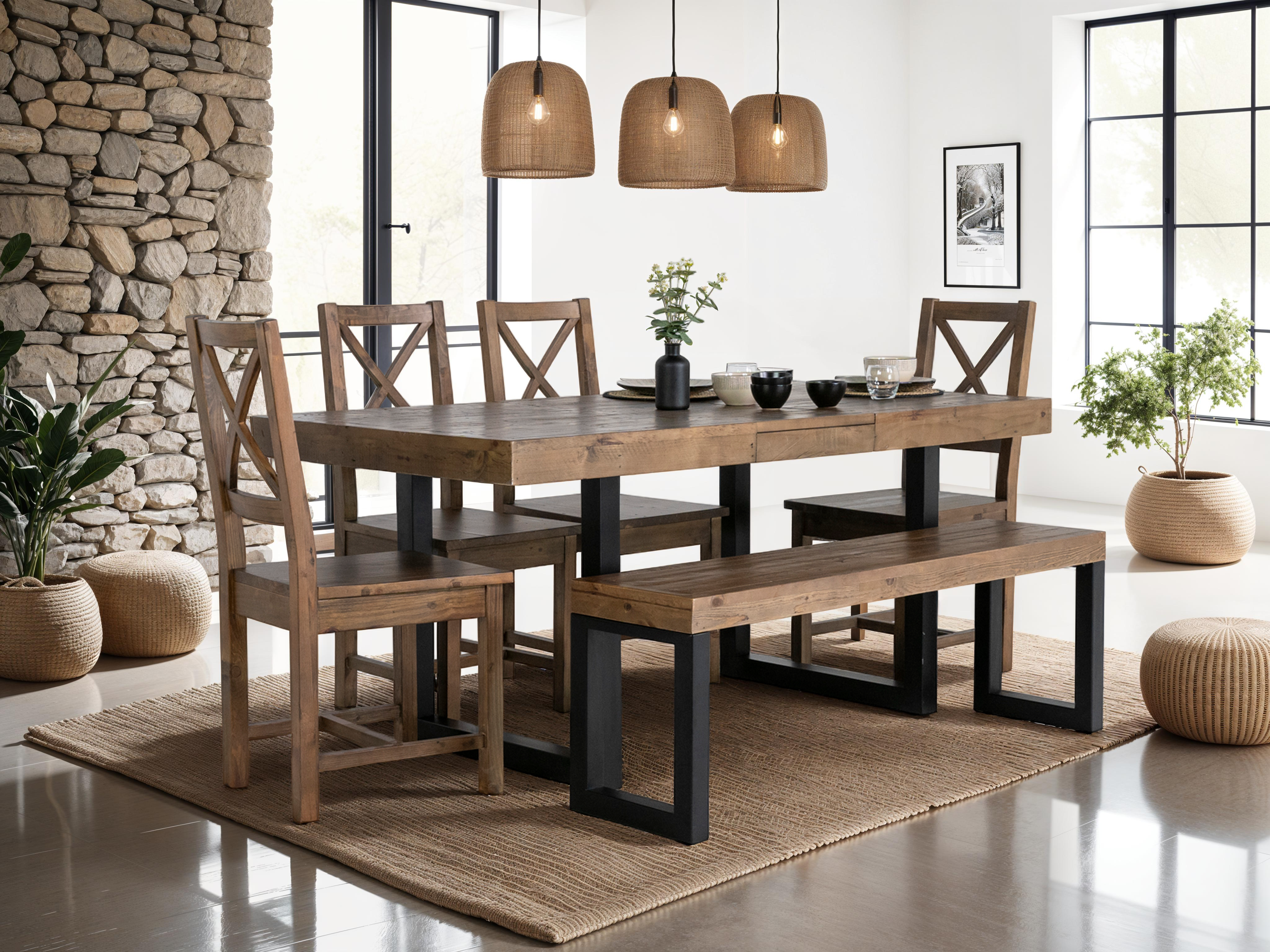
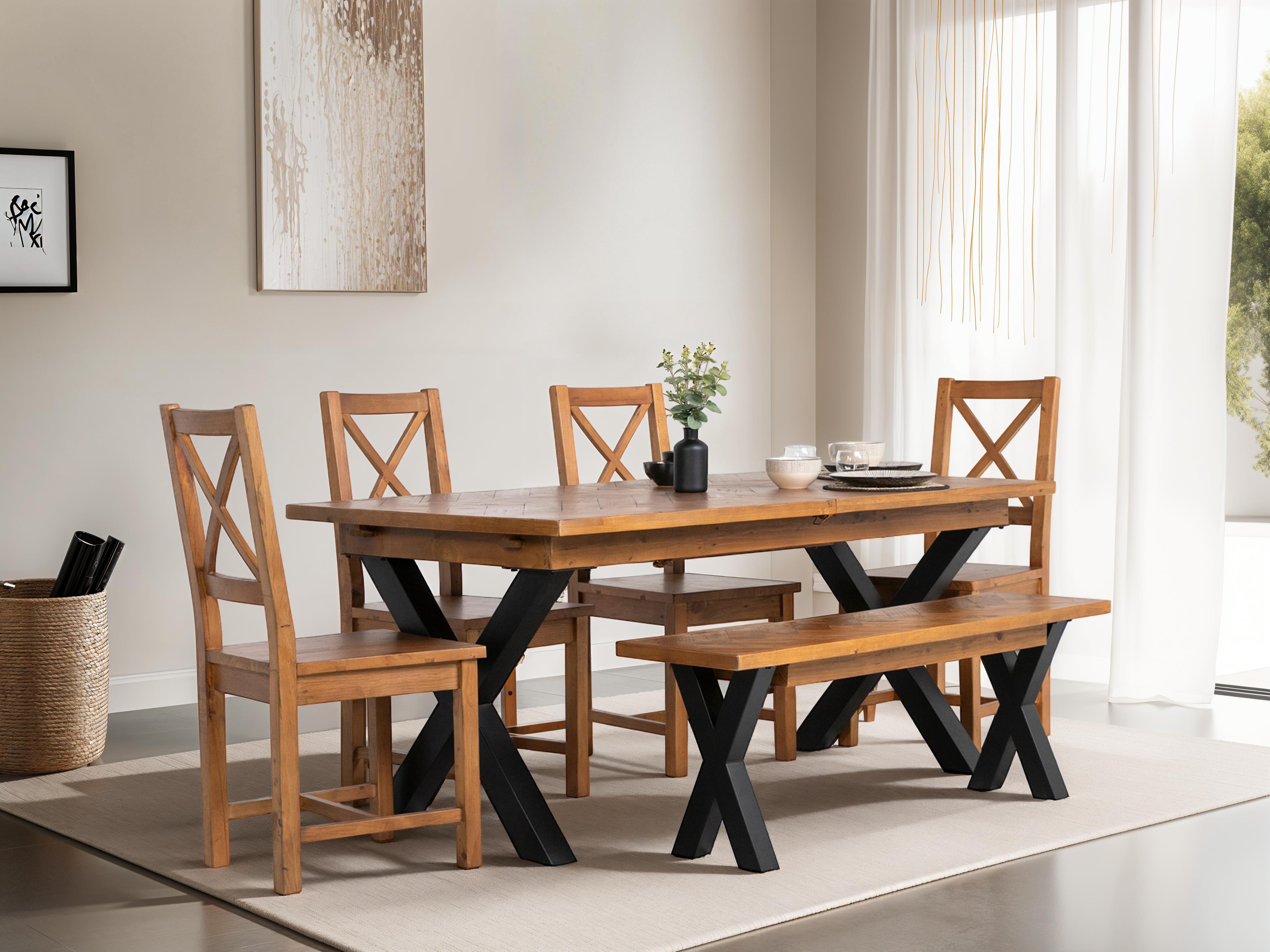
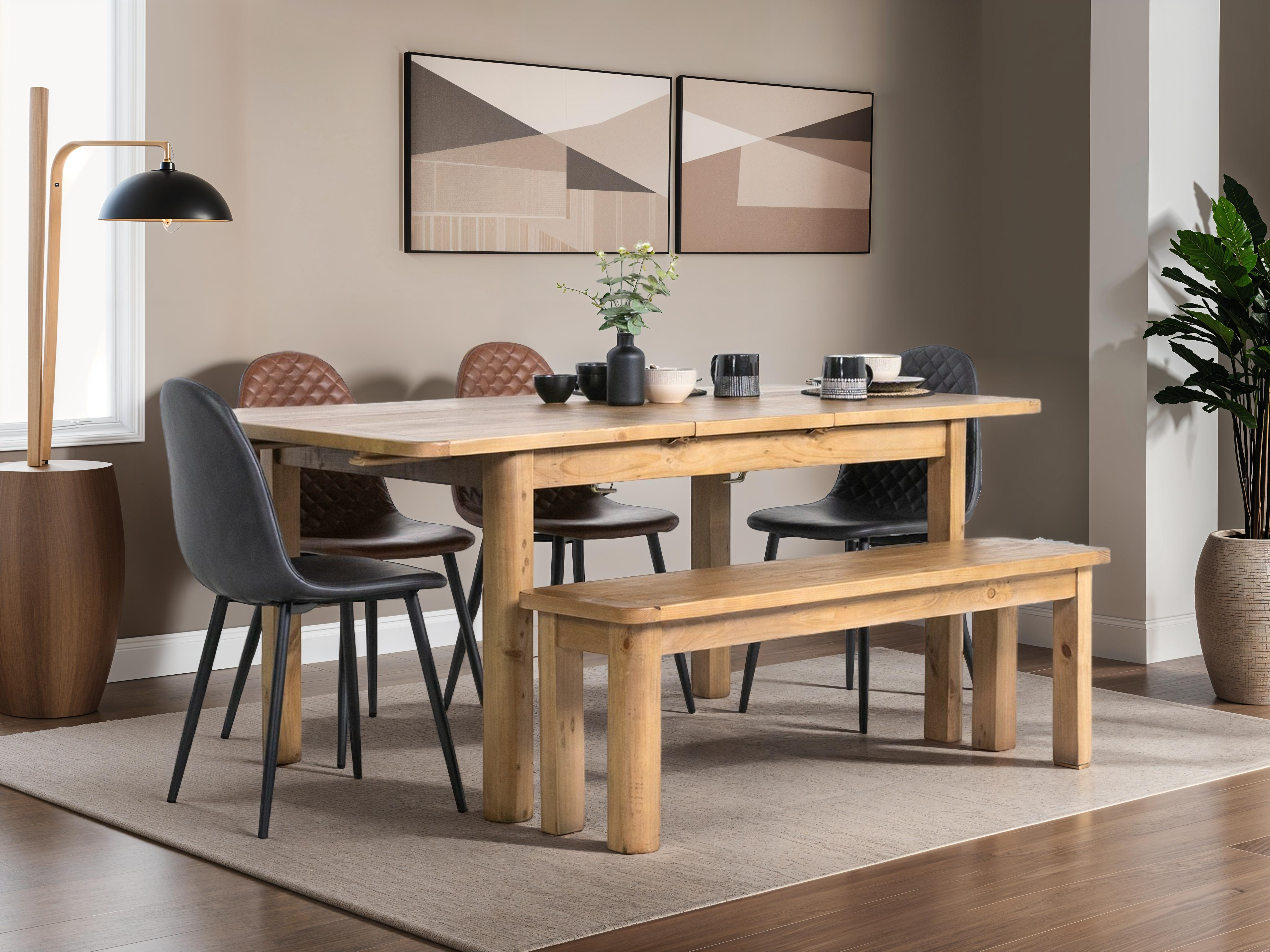
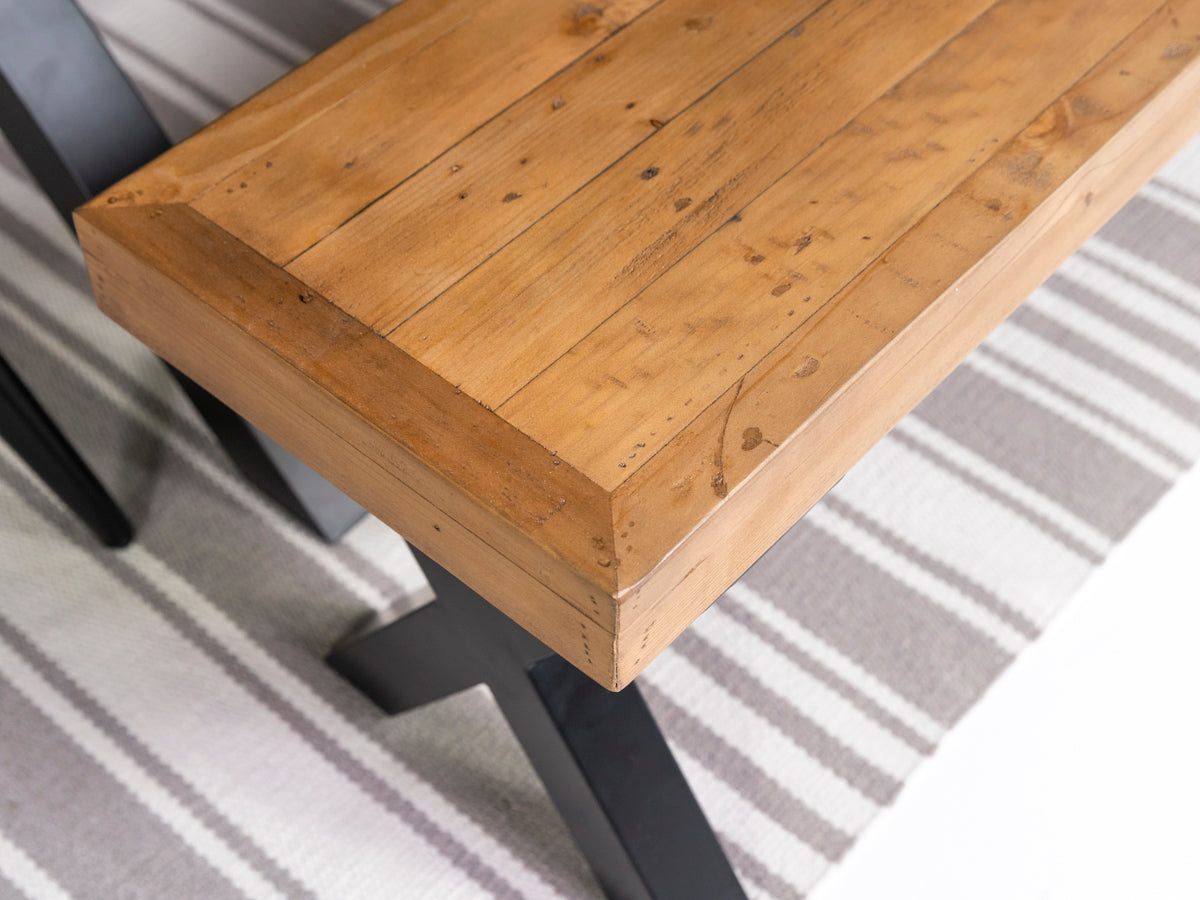
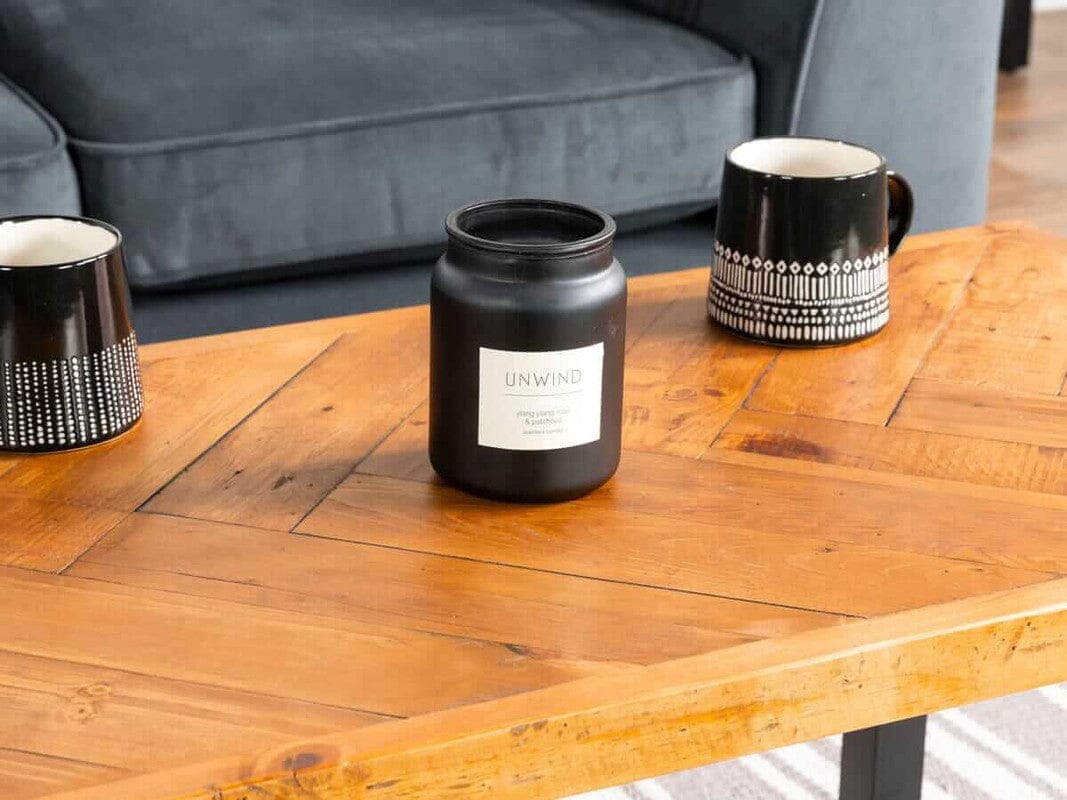
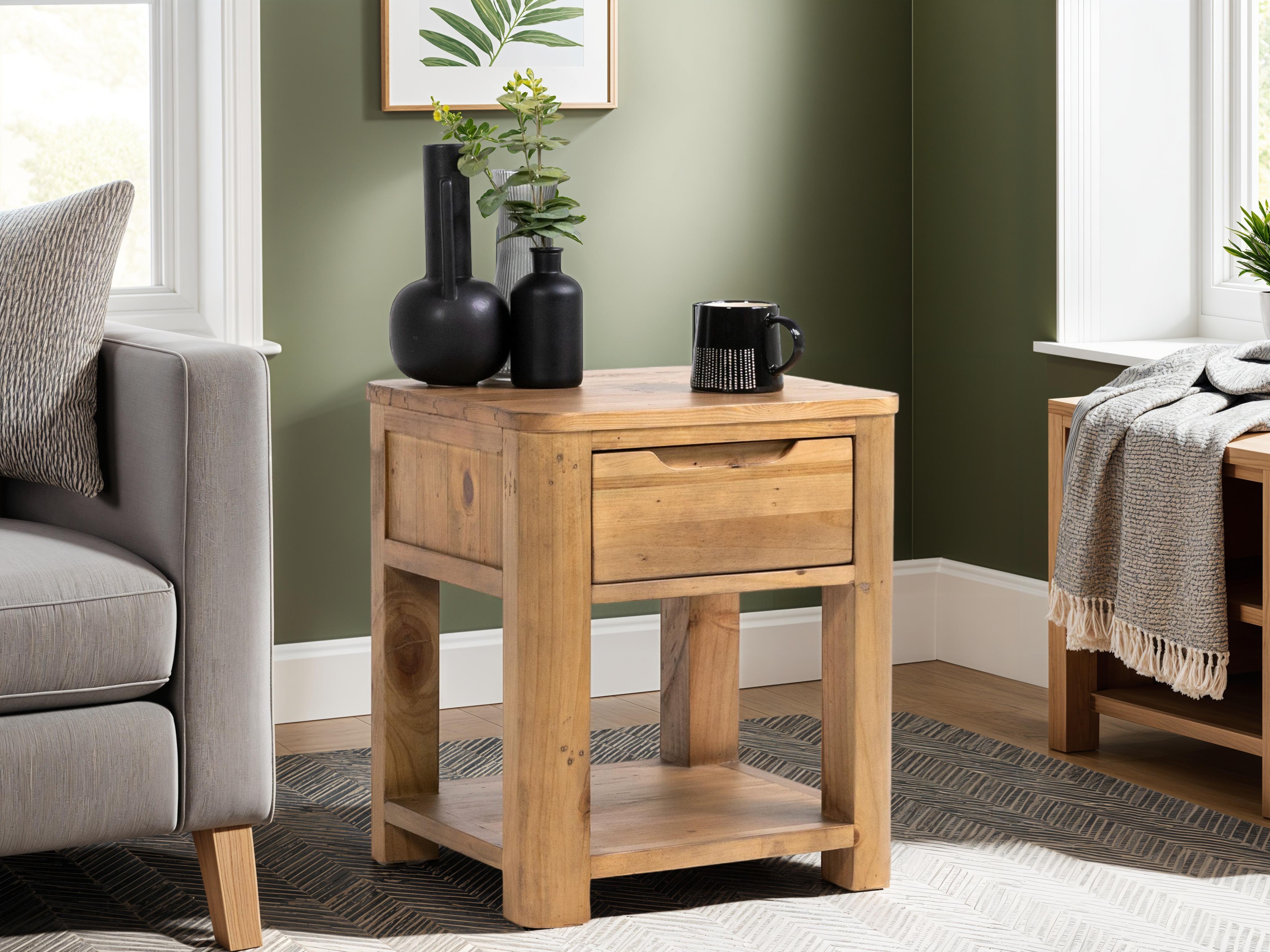
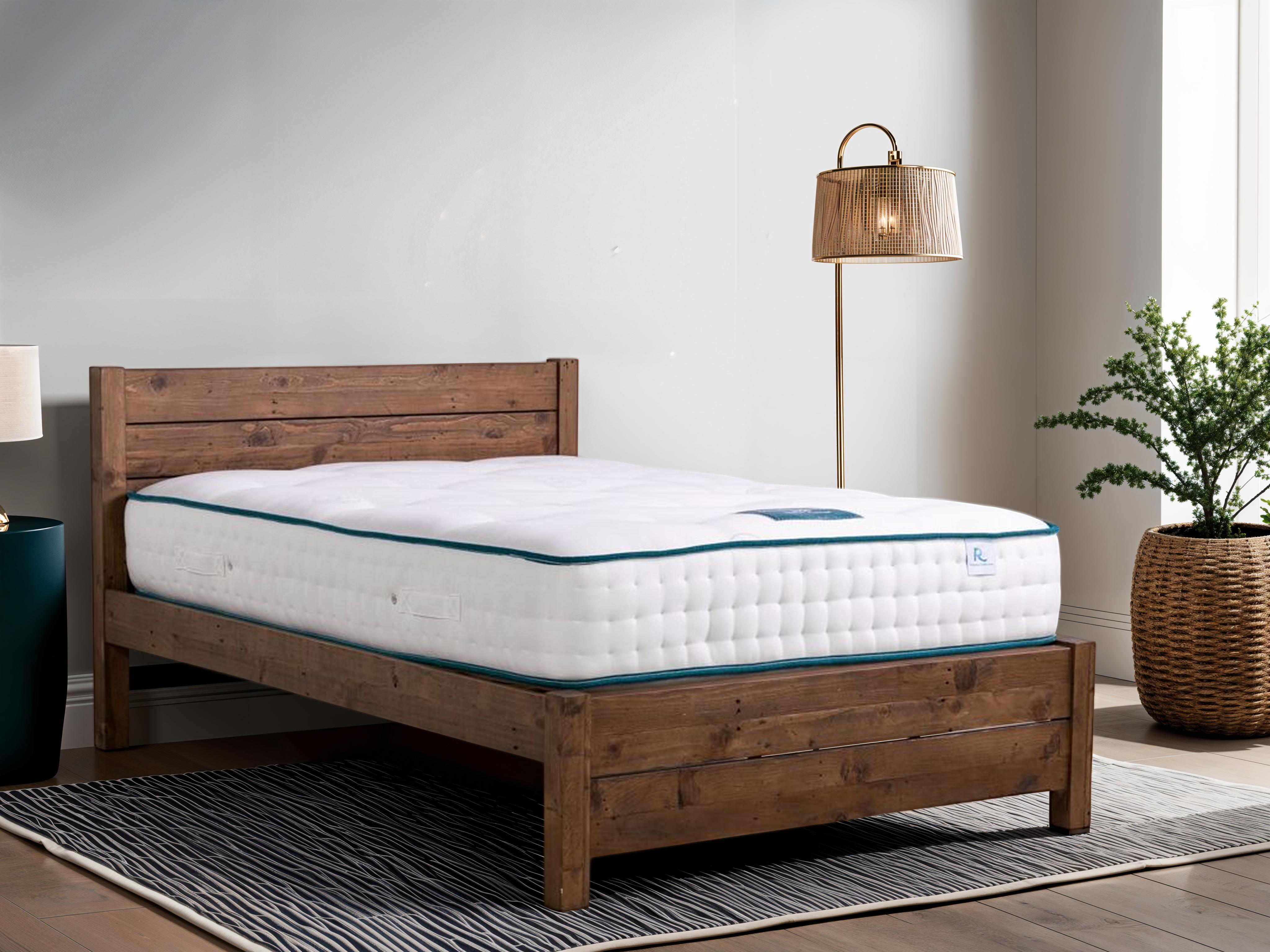
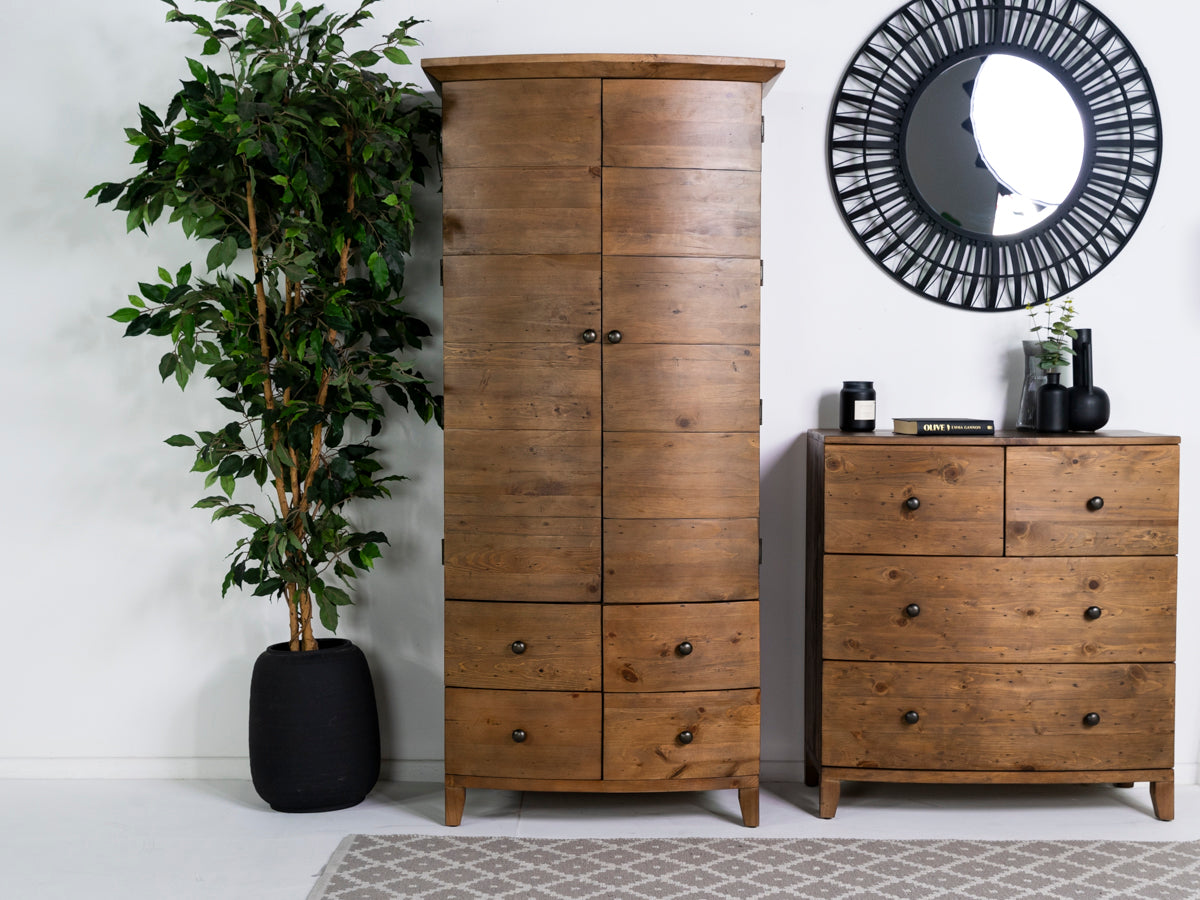

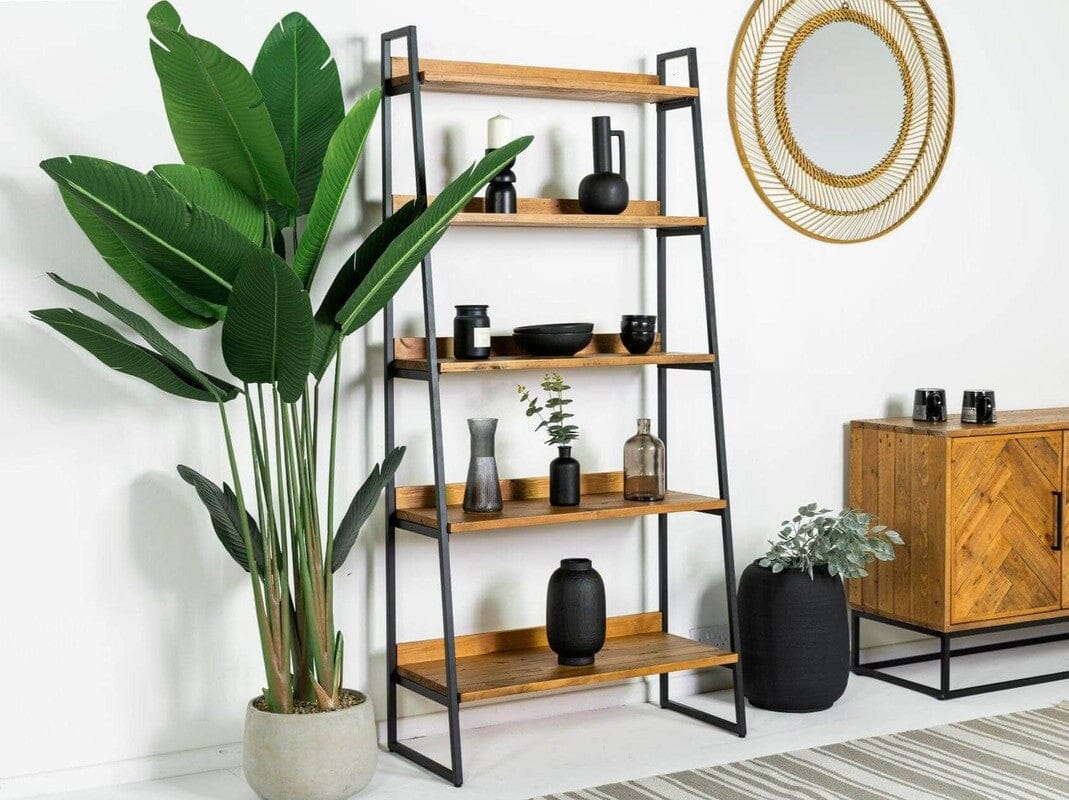
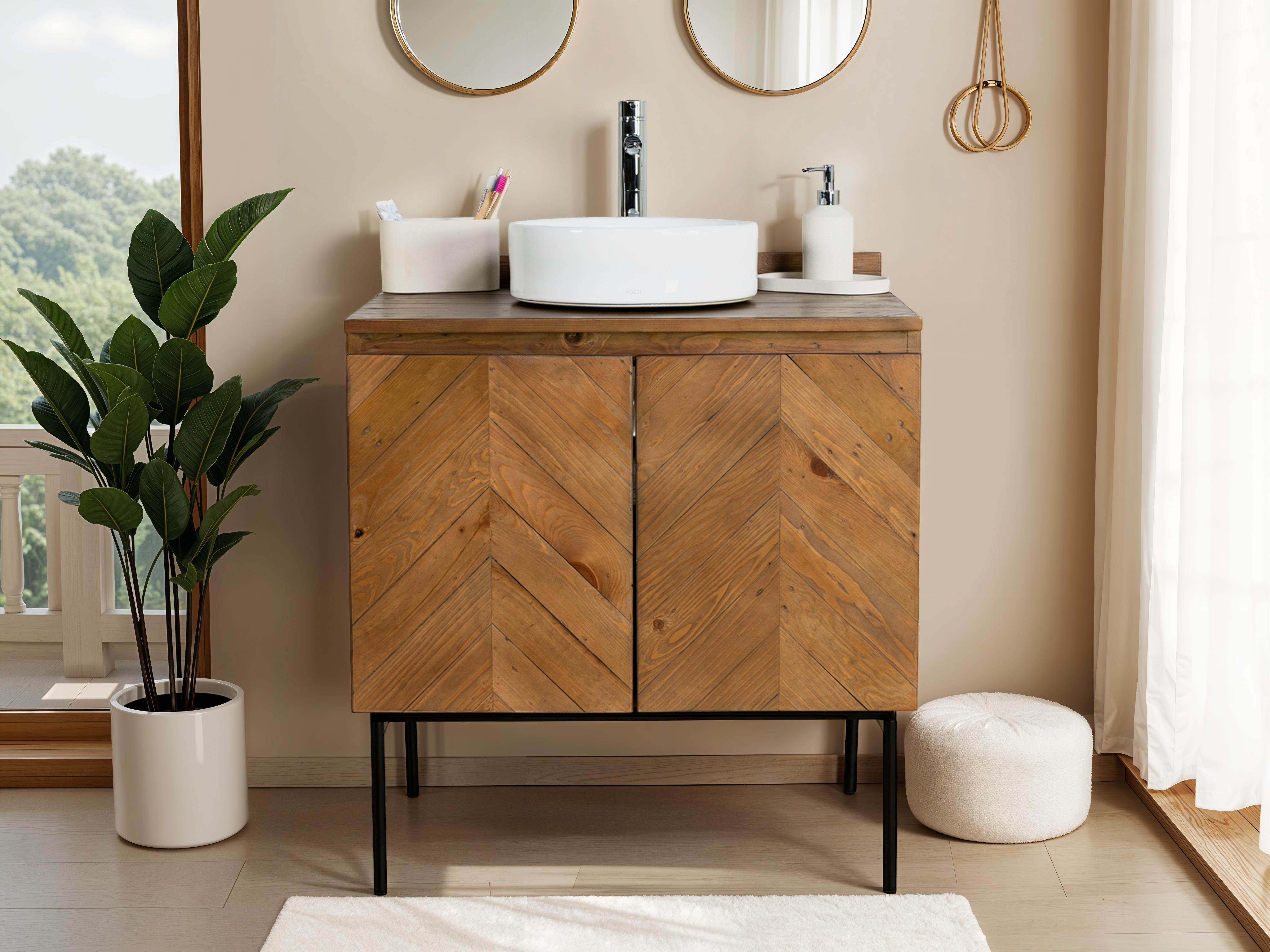
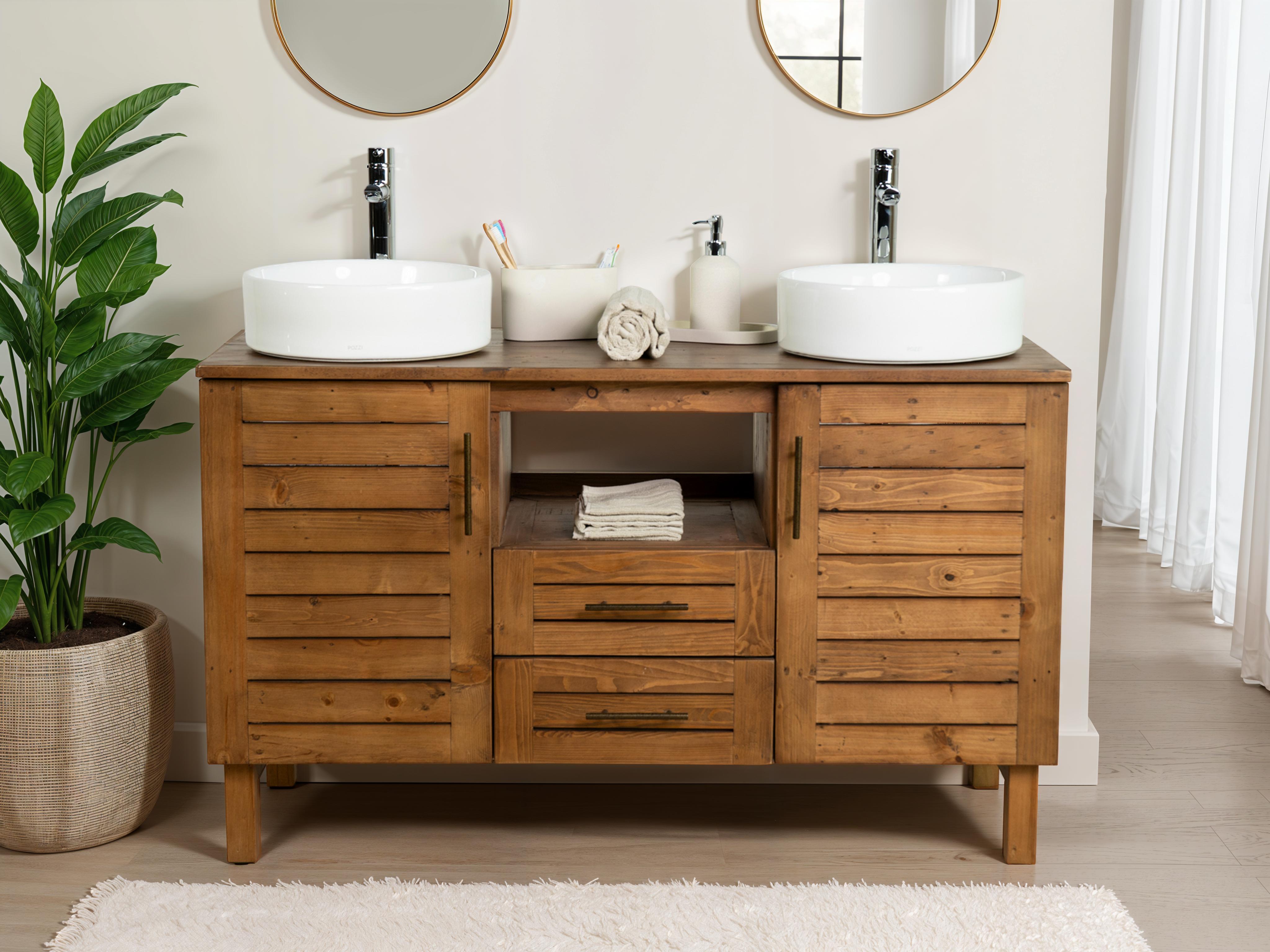
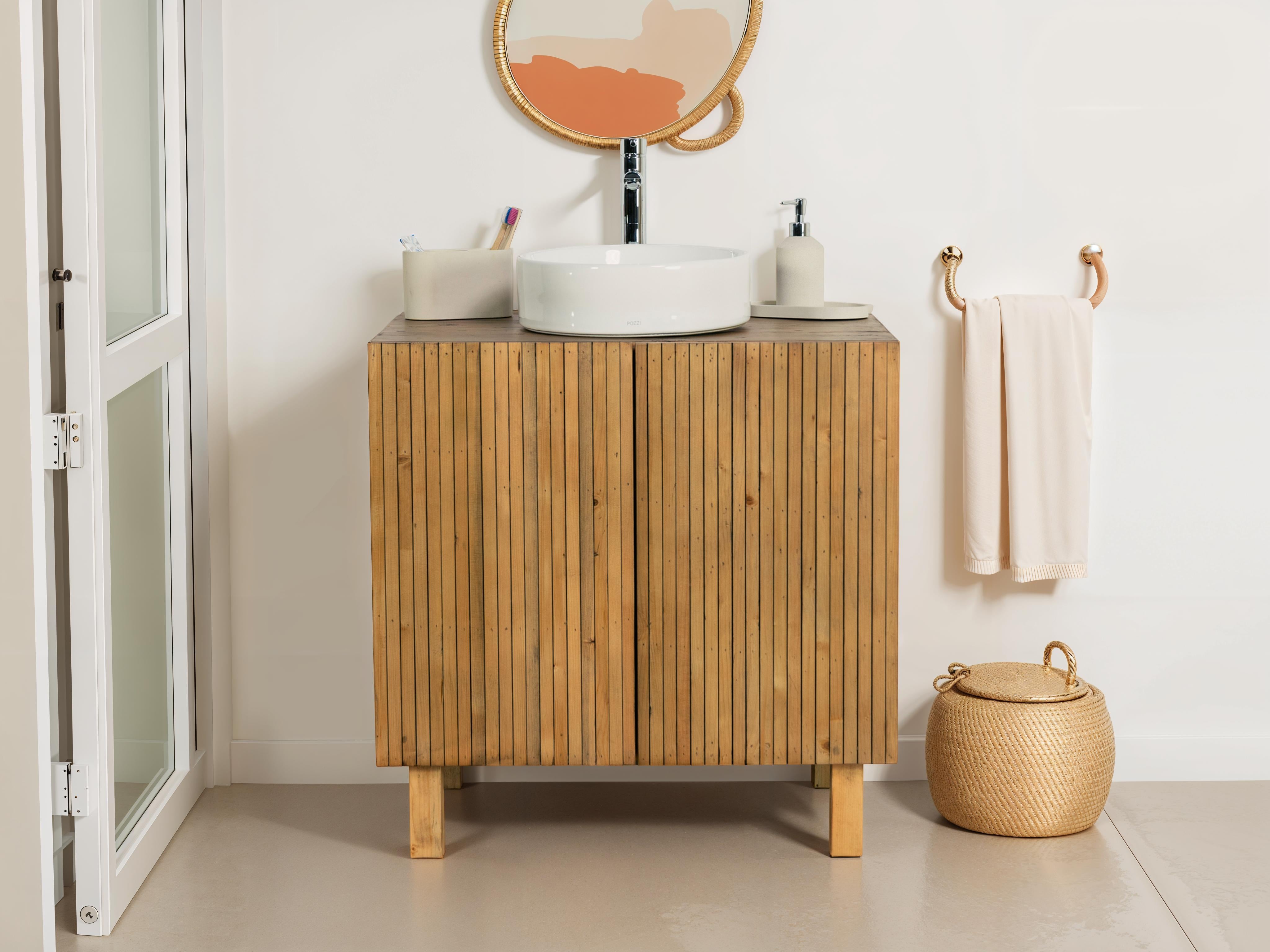

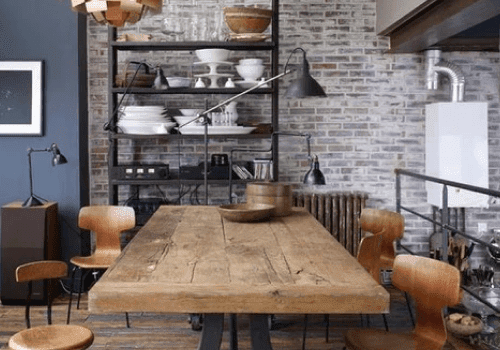
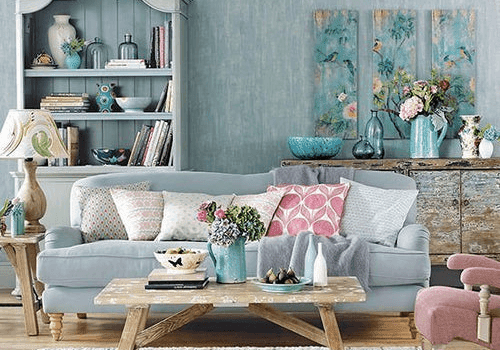
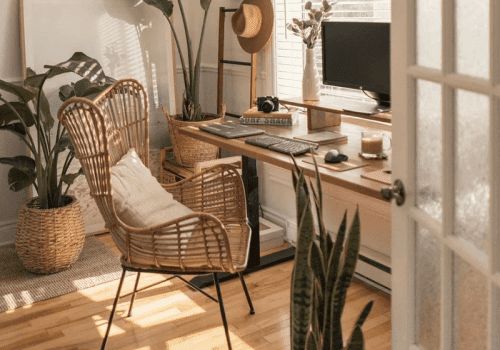
Leave a comment
This site is protected by hCaptcha and the hCaptcha Privacy Policy and Terms of Service apply.